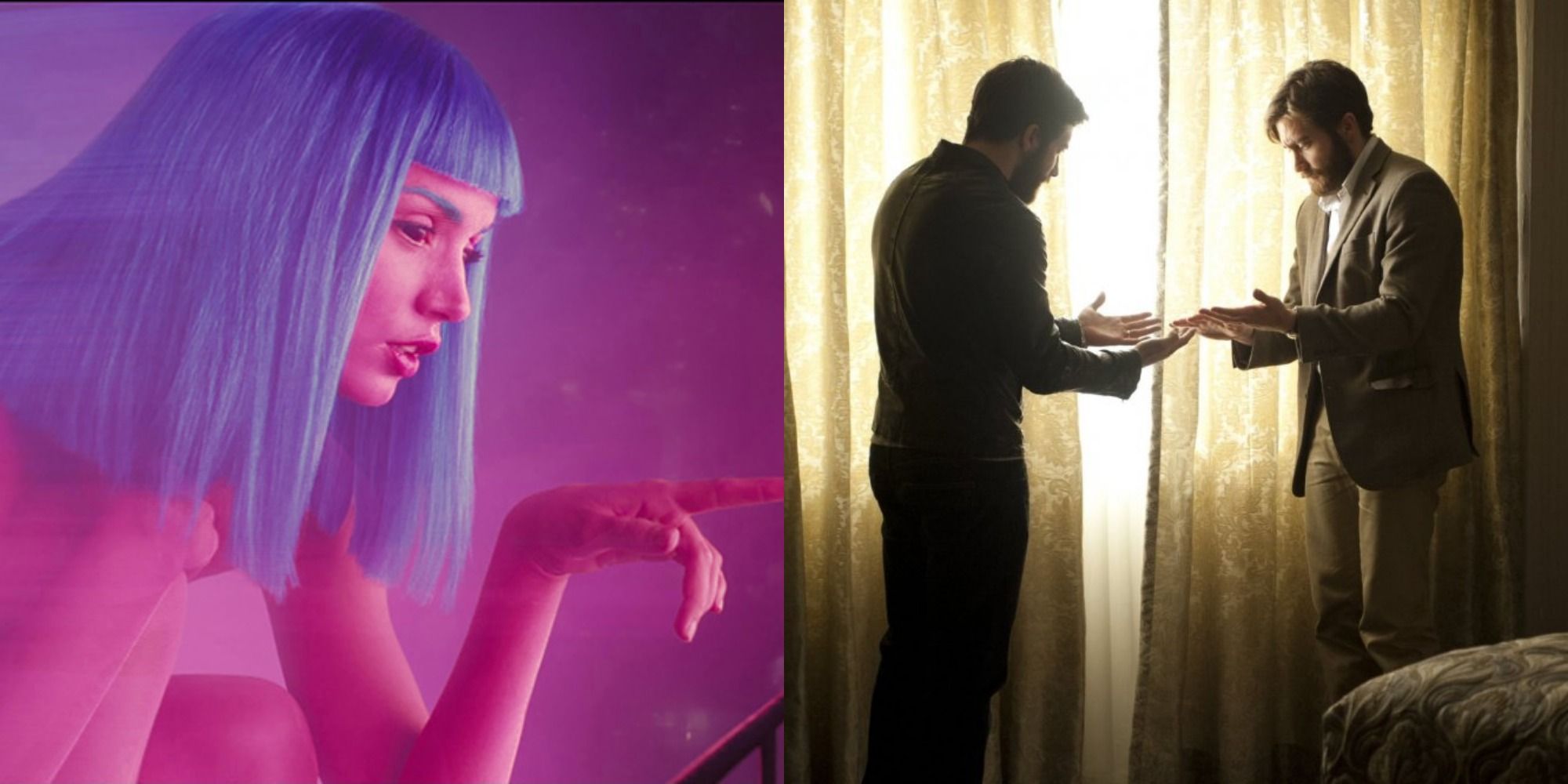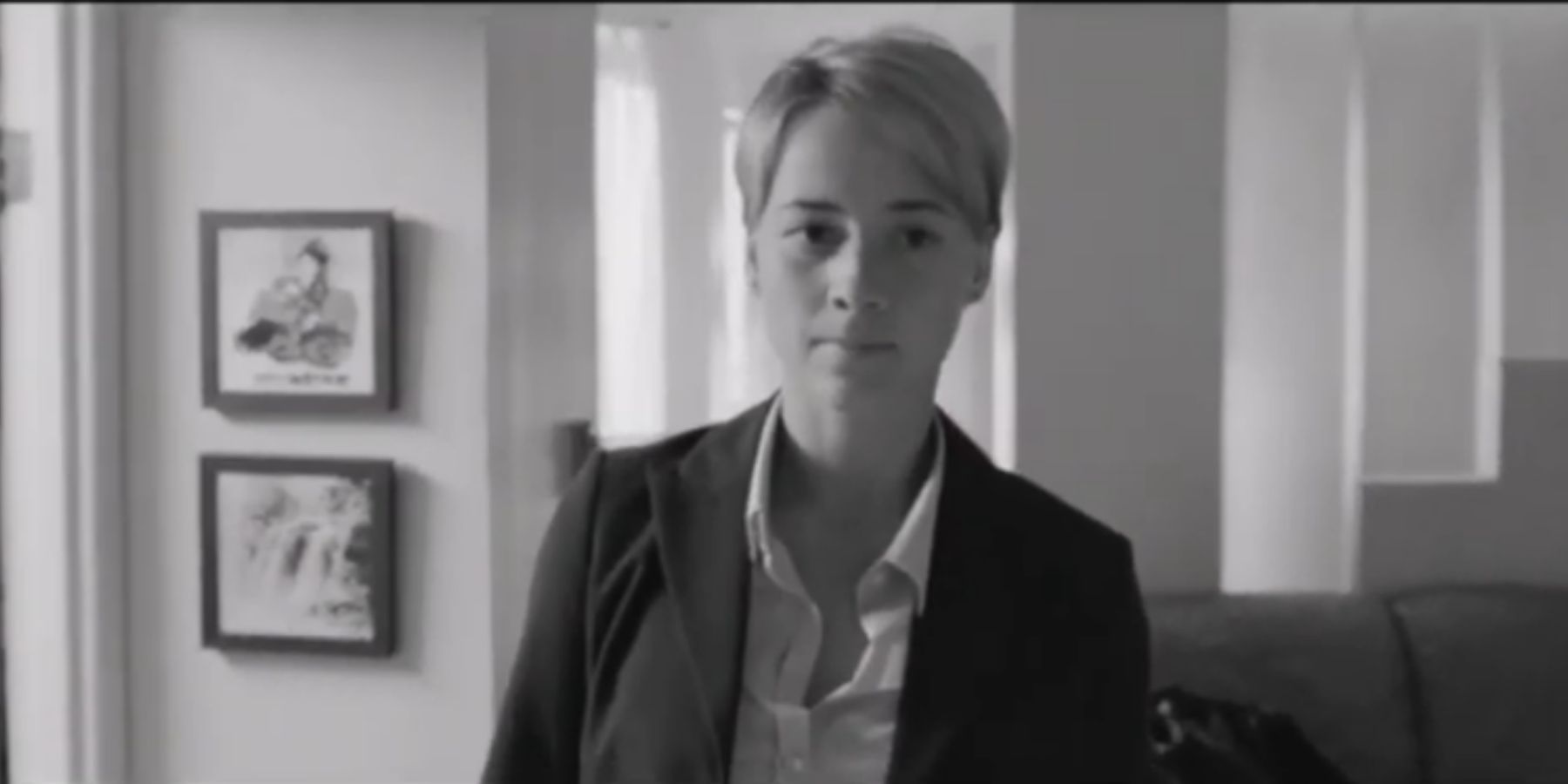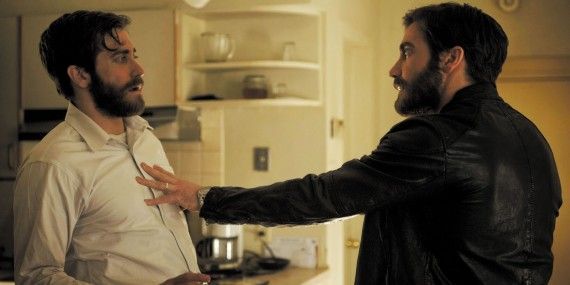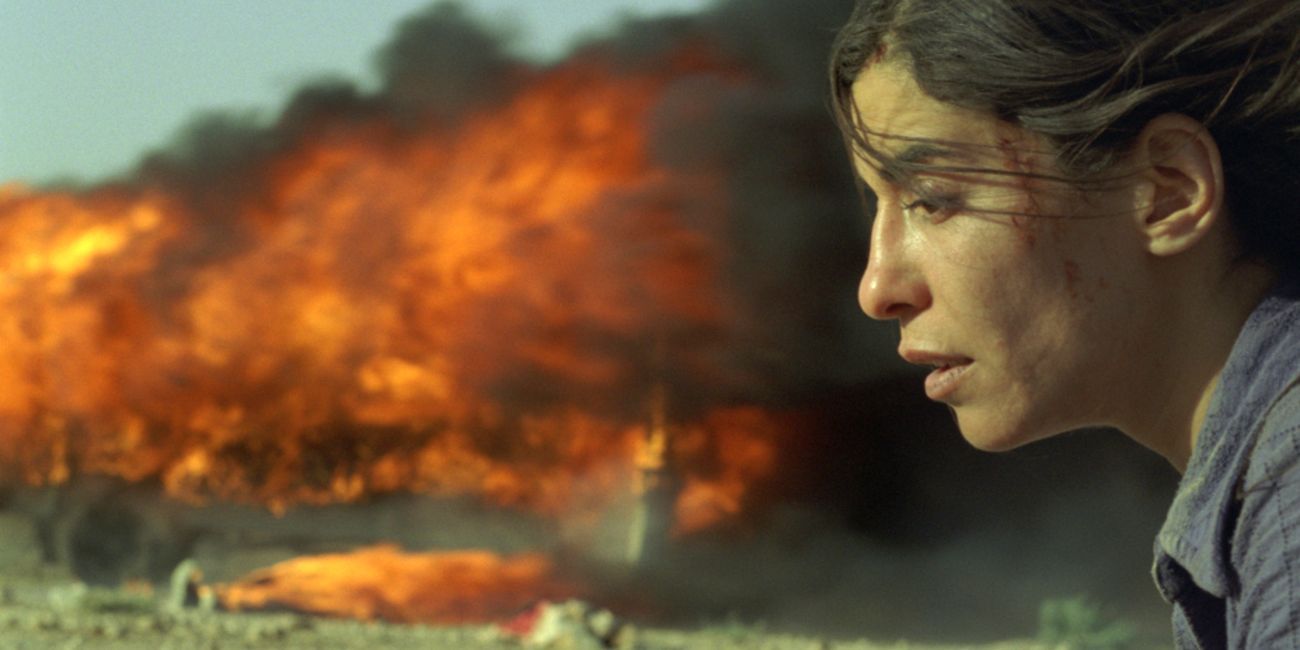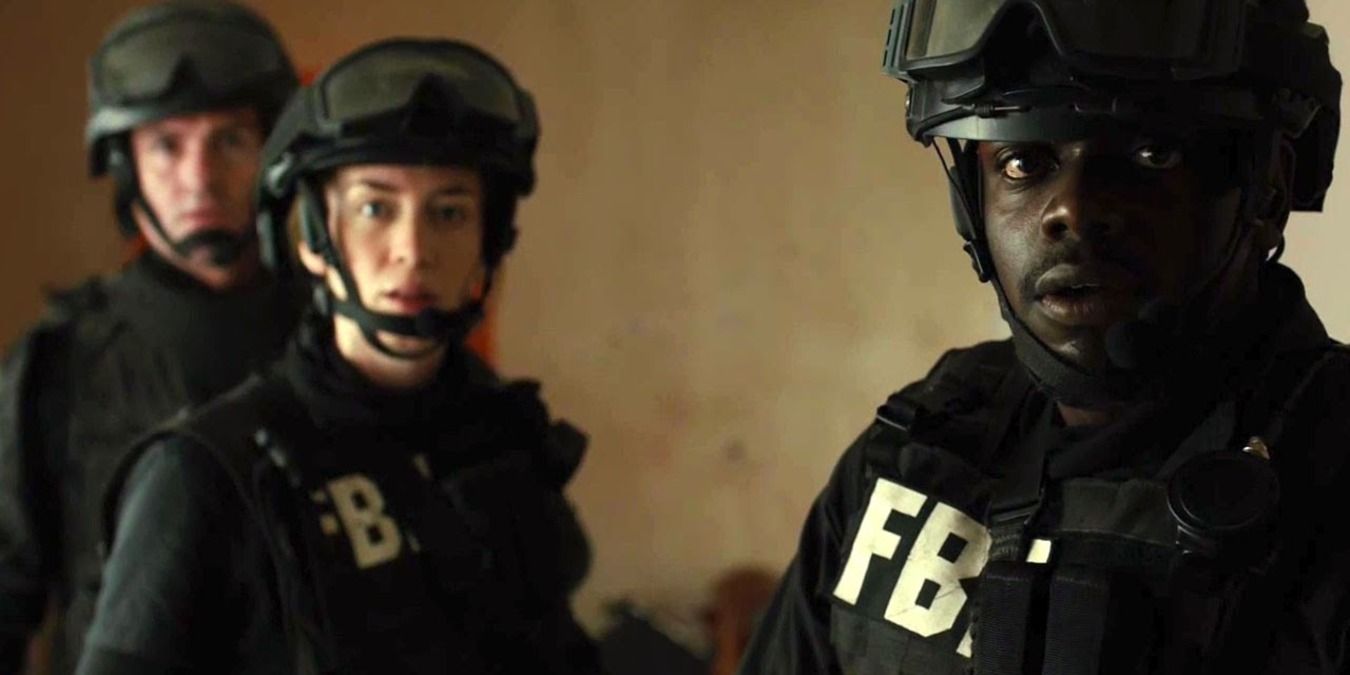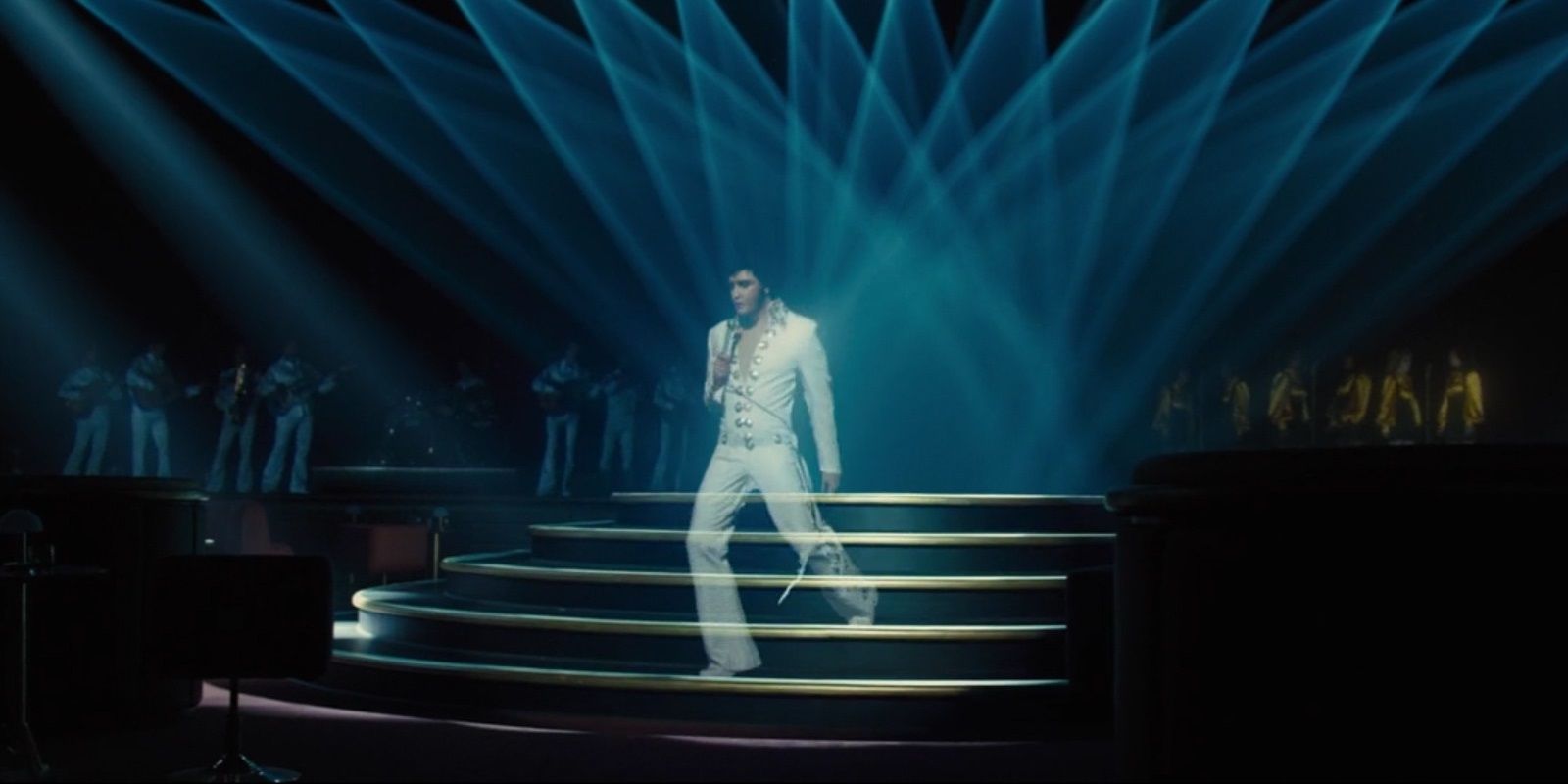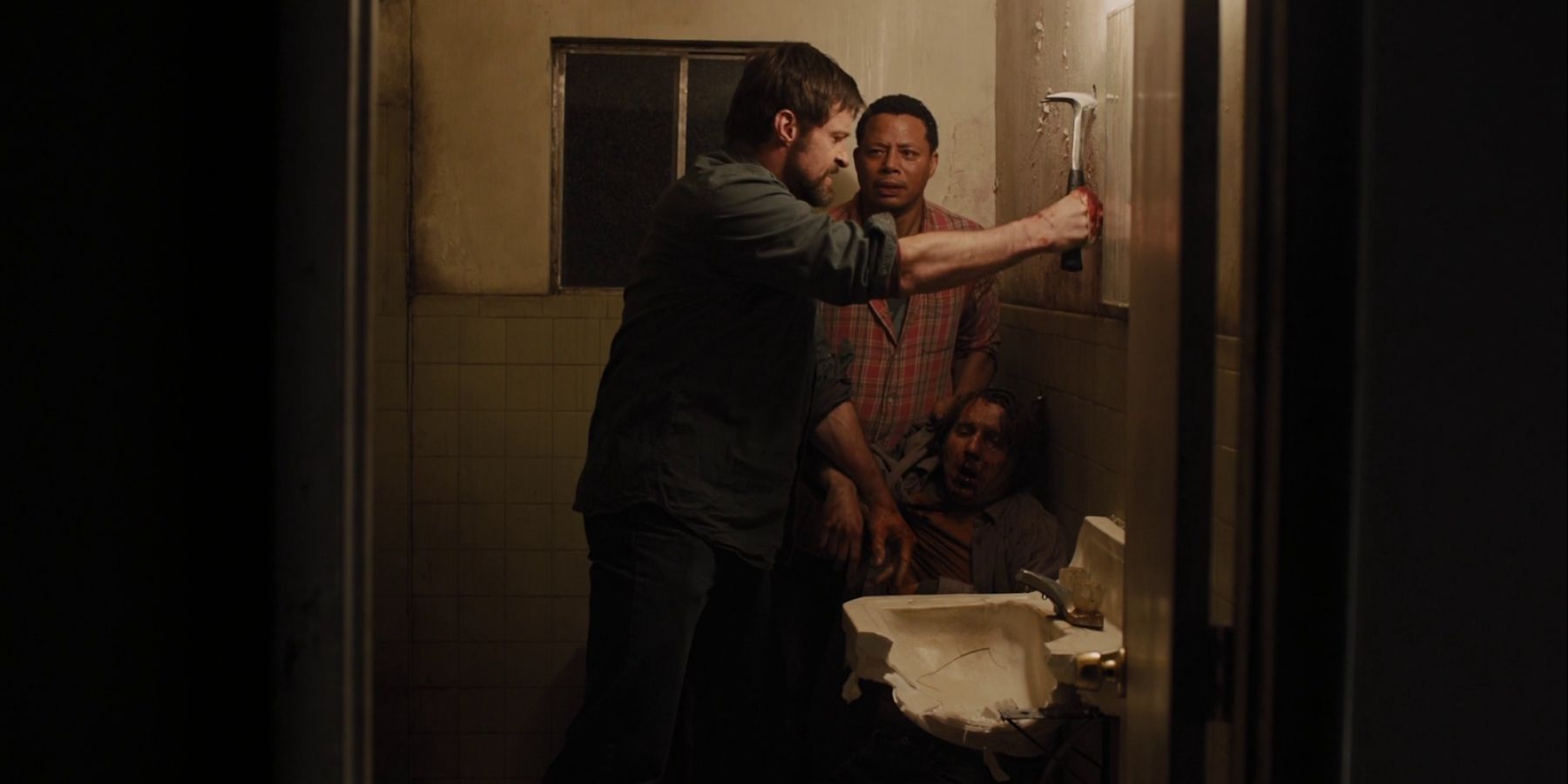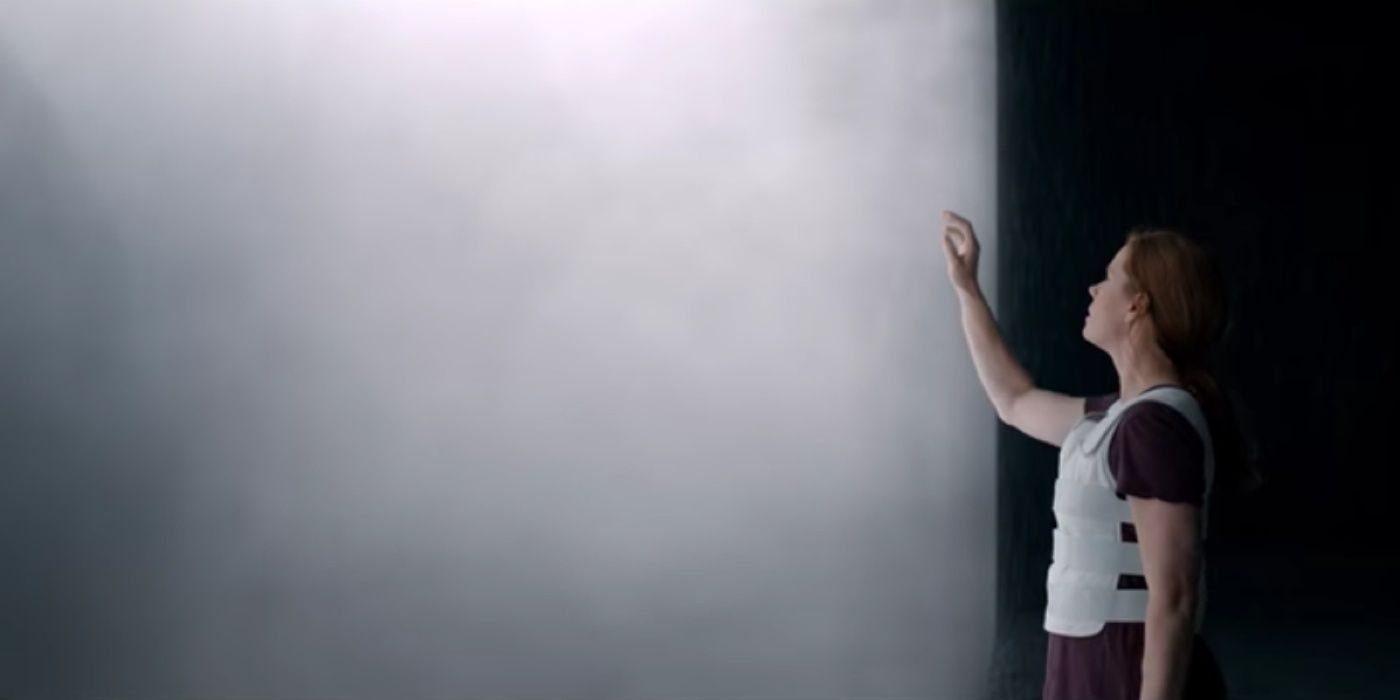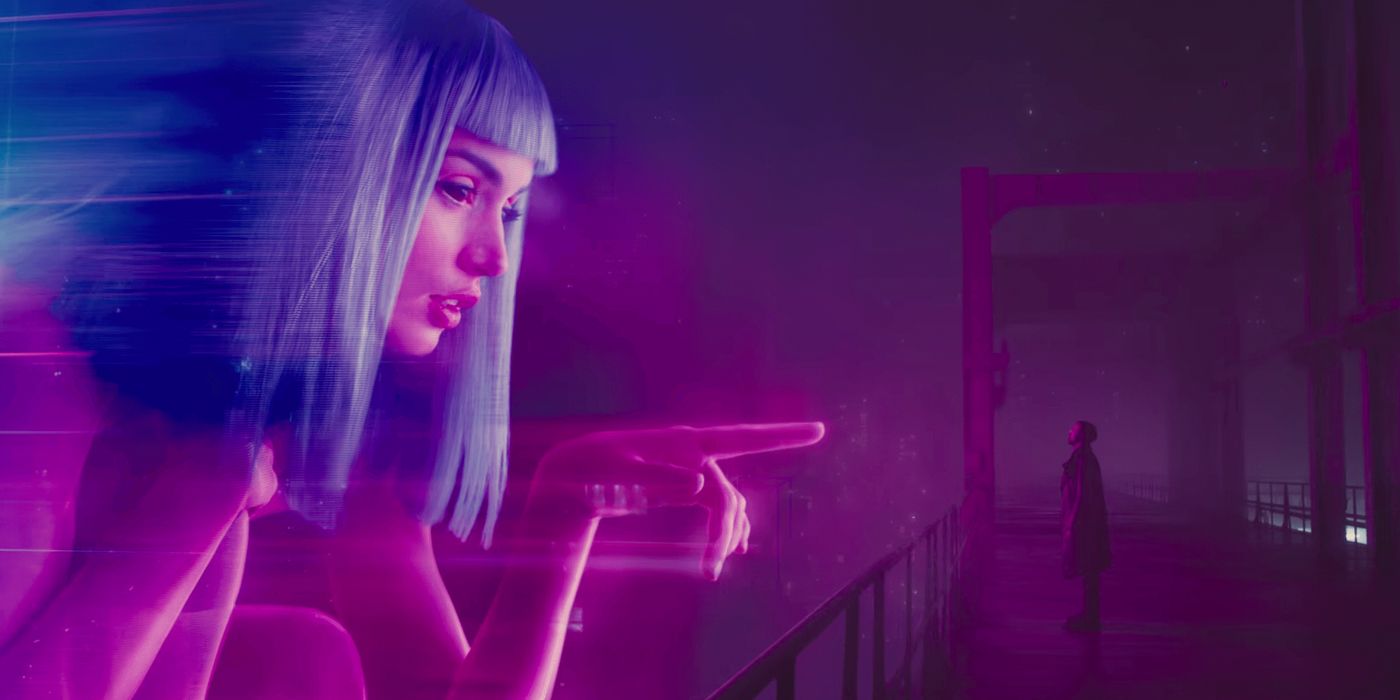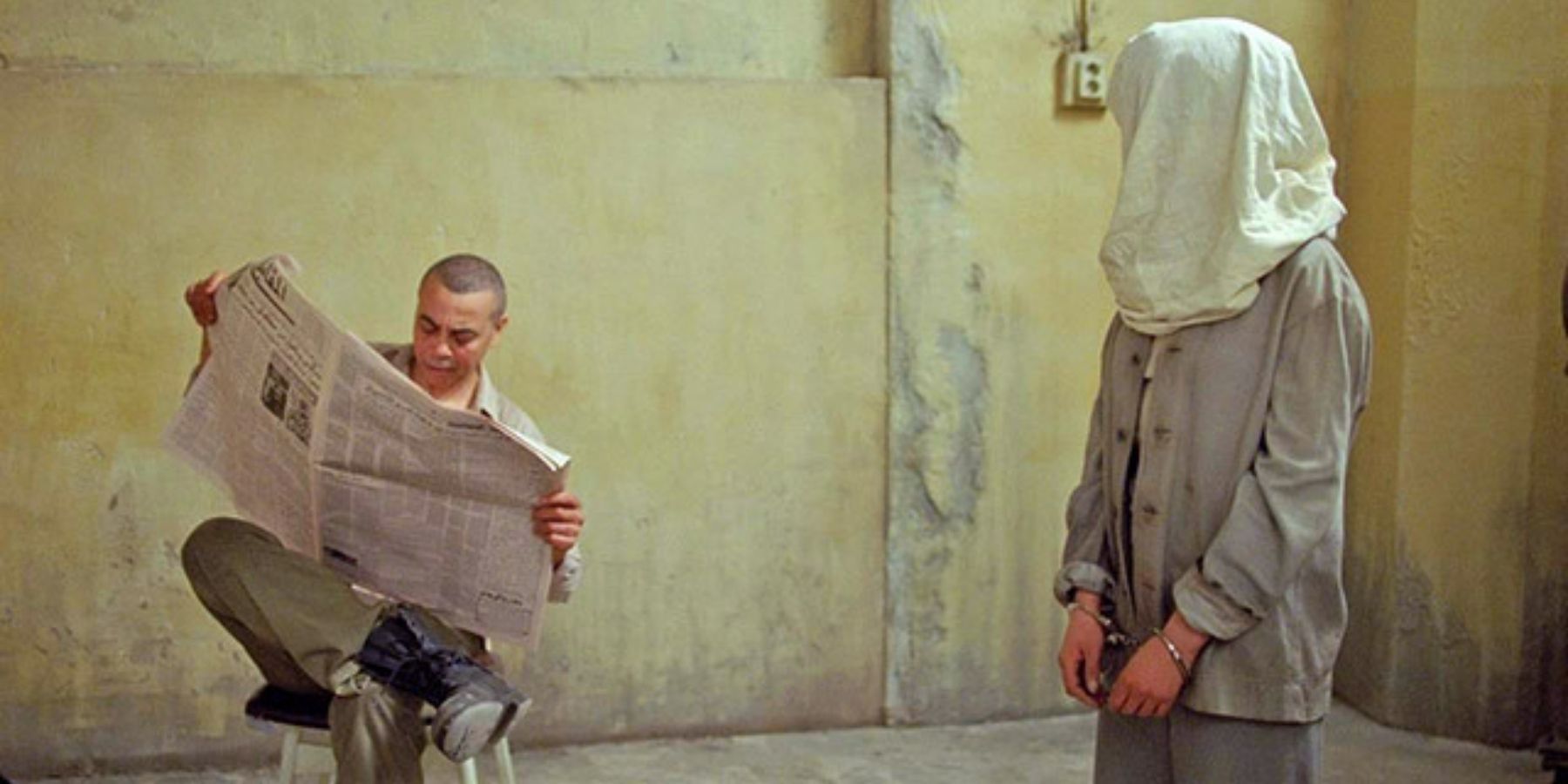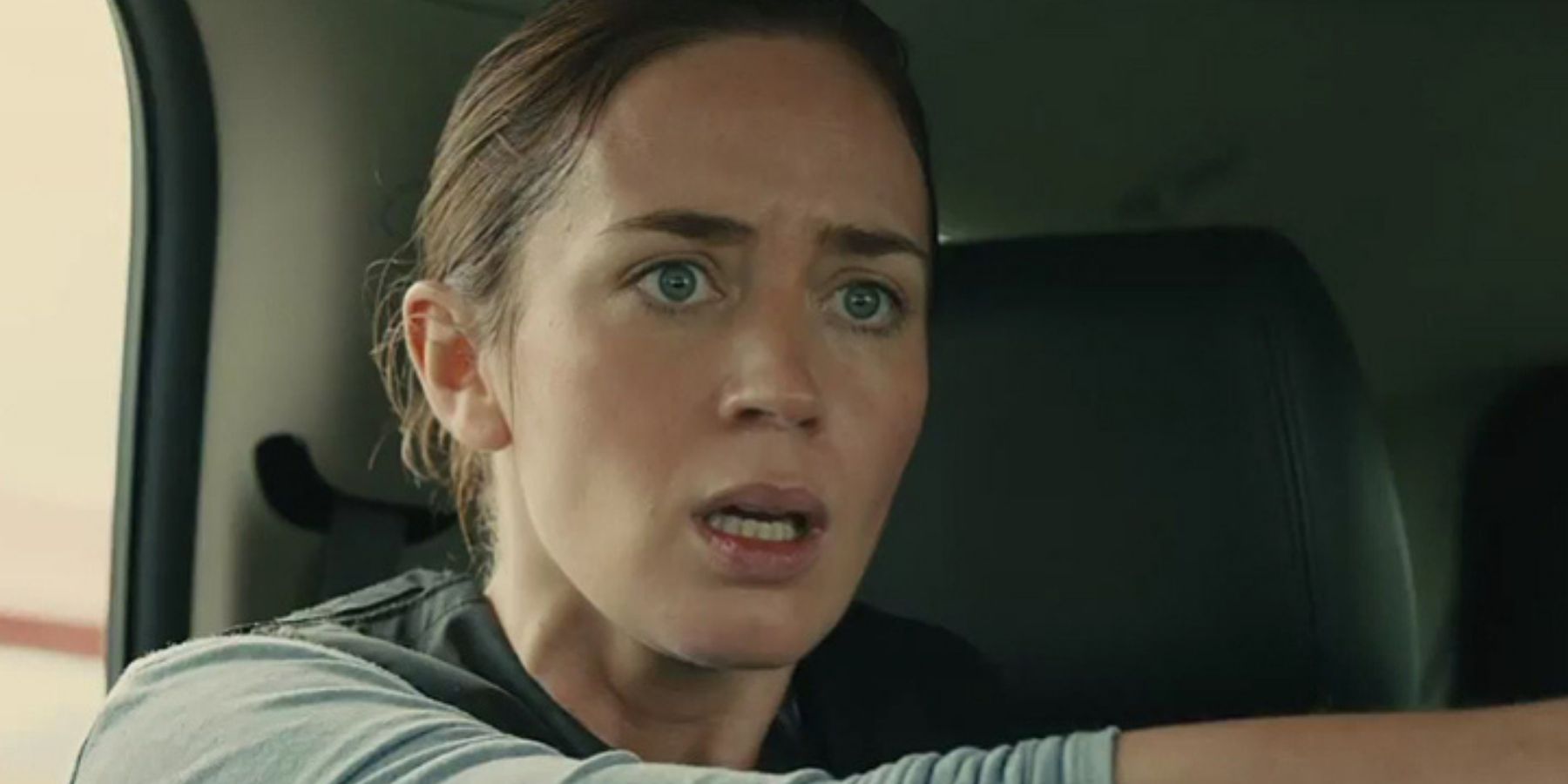Content Warning: This article contains discussions/references to graphic violence, kidnapping, and shootings.
Throughout his prolific 27-year career span, French-Canadian filmmaker Denis Villeneuve has proven his worth as one of the finest visionary talents of his generation. His style is relentlessly ambitious and his art offers a diversity of explorations through many spectrums of characterization.
While his films all vary in scale and subject, he manages to capture life with a colossal sense of scope. This fundamental feature is a cornerstone of his ability to tell stories that reflect the magnitude of humanity itself. With his highly anticipated adaptation of Dune quickly approaching, it begs an appreciative meditation on the iconic moments in cinema that established his mammoth influence.
Polytechnique: The Epilogue
2009's Polytechnique is far from an enjoyable watch but its poignant ripples are still felt more than a decade later. The plot of the film centers on the 1989 Ecole Polytechnique university shooting. But rather than placing an emphasis on the killer or his motives, the perspective stays with the victims and survivors of the shooting.
The film's final moments are a somber reflection on the separating line between hatred and compassion; it closes with a narrated letter from Valérie (Karine Vanasse), a survivor of the shooting. Her handwritten note to the assailant's mother is a solemn vow to break the cycle of hate--to raise her own children with a fundamental understanding of love and unconditional empathy.
Enemy: The Two Jakes
Identities intertwine and collide in Villeneuve's puzzling psychological thriller Enemy, starring Jake Gyllenhaal in dueling roles. In it, he plays Adam Bell and Anthony St. Claire, two doppelgangers with distinct personalities, who are caught in a downward spiral when a brief encounter entangles their worlds.
Swirling with abstract surrealism, Enemy is Villeneuve's most eccentric film to date. The second act crescendos in a squalid motel, where its two protagonists finally meet. Drenched in a pale yellow color palette, Villeneuve creates a disorienting atmosphere that evokes dreamlike unease. Paired with Gyllenhaal's captivating double-duty performance, this encounter is an unforgettable subversion of two identities in crisis.
Incendies: Bus Ambush
Two Canadian siblings journey to the Middle East to grant their late mother's final wishes in Incendies, Villeneuve's powerhouse 2010 drama. This globetrotting film navigates through ramshackle prisons and war-torn landscapes in pursuit of an immigrant mother's shadowy past.
The film's most harrowing flashback depicts Nawal (Lubna Azabal) in a convoy of Muslim refugees. When the bus is ambushed and lit ablaze by a band of Christian extremists, Nawal is caught in a vicious fight for survival. Villeneuve manages to capture this looming dread with an urgent sense of claustrophobia.
Sicario: Bodies In Walls
It takes a special kind of filmmaker to build suspense with adequate pacing and tone. Sicario is Villeneuve's masterclass action thriller that follows Kate Macer (Emily Blunt), an FBI agent who discovers a web of deceit when she's involved in a government plot to dismantle a Mexican drug cartel.
The film opens in the sundried vista of Chandler, Arizona where Macer's unit raids a residential house with cartel ties. Set to a pulsing, percussive score by Johann Johannsson, Kate and her team are aghast to discover several bodies plastered within its walls. This opening scene brings life to an unexpected barbarity that boldly establishes the movie's tone within the first few minutes.
Blade Runner 2049: Showdown In Vegas
Villeneuve's instinct for crafting scenes with strong visual energy guides him to a roster of elite cinematographers and production designers. Perhaps the most radiant entry in his resume is the 2017 dystopian epic Blade Runner 2049. This contemporary blockbuster puts a shiny polish on Ridley Scott's visionary opus.
Shot by famed cinematographer Roger Deakins, one of the film's most dazzling moments follows K (Ryan Gosling), an android in search of Deckard (Harrison Ford), a retired blade runner in the ashy ruins of Las Vegas. They square off in a dusty nightclub, with cabaret lighting and a stuttering hologram of Elvis Presley. This sequence thrusts audiences into its world with eye-catching visuals and well-staged action.
Prisoners: Hammer And Sink
Denis Villeneuve has an astonishing ability to extract performances that evoke sheer, unrefined emotion. 2013's Prisoners is a tightly wound mystery thriller that is sustained by its unrelenting suspense and powerhouse performances by an ensemble cast.
Keller Dover (Hugh Jackman) is a father on a path of descent after his adolescent daughter vanishes. Suspecting a young man (Paul Dano) as the culprit, Keller takes matters into his own hands by kidnapping and subjecting him to the mercy of a steel hammer. This eruptive volatility suffuses the entire film and creates a bleak intensity that is equal parts captivating and pulverizing.
Arrival: Opening Time
This 2016 alien epic, based on a novella by Ted Chiang, invokes shades of Christopher Nolan in the way it takes liberty with a clever narrative structure. Arrival is an emotional sci-fi drama that follows an American linguistics professor who is tasked by the military to engage in dialogue with strange, alien lifeforms who visit for unknown purposes.
After weeks of interaction with the extraterrestrial visitors, Louise (Amy Adams) uncovers their ultimate goal amid the threat of global warfare: to impart the ability to move forward in time through celestial premonition. This shocking moment is a groundbreaking epiphany that unfurls the shifty narrative and resonates like a shot to the heart.
Blade Runner 2049: Hello, Handsome
Blade Runner 2049 is widely regarded as the crowning achievement for visual effects in contemporary film. Villeneuve and his team of collaborators reanimated Ridley Scott's vast, vibrant empire of color, light, and future aesthetic in a way that stimulates a tangible sensory response. The film won the Oscar for "Best Visual Effects" at the 2018 Academy Awards and boasts several moments of striking imagery that will forever remain a fixture in the history of movies.
The quintessential shot of Villeneuve's sci-fi epic follows K down a long, damp scaffolding on a stormy night when a massive pink hologram of Joi the A.I. companion (Ana De Armas) emanates from a holo-screen. K stares at it vacantly as it dances, questioning the nature of his sentience and artificiality. Aside from its obvious spectacle, the film intelligently examines the essence of 'self' in an ever-changing digital age.
Incendies: The Woman Who Sings
The foundational core of Incendies explores the brutal consequences of war and irreconcilable conflict. This recurring motif is central to Nawal's tumultuous odyssey as her children, Jeanne (Melissa Desormeaux-Poulin) and Simon (Maxim Gaudette), reluctantly uncover.
After Nawal's death, the twins venture to the Middle East to find their estranged father and brother, whom neither was aware even existed. A revelation emerges in Kfar Ryat, a merciless prison where their mother was taken and given the nickname 'the woman who sings'. Within those walls, a transgression occurs that will inevitably change the fate of generations to come. Villeneuve composes this seismic revelation with an overwhelming sense of emotion that is commonly held by fans as the boldest plot twist of his entire career.
Sicario: The Border Skirmish
A central theme in a lot of Villeneuve's work is the exploration of ambiguous morality and the grey area within justice. Sicario manages to capture this quandary while still maintaining a high level of entertainment value. By keeping the perspective tied to an FBI agent with rigid principles, her grim descent into the underbelly of law enforcement unfolds like a freshly immersive experience.
Her perilous initiation is one of the most harrowing and acclaimed set pieces of the last decade: the border shootout. In the backseat of an armored SUV going north from Juarez to Texas, Kate and a team of special operatives, led by CIA advisor Matt Graves (Josh Brolin), are thrust into a fatal confrontation on the US-Mexico Border against militant hitmen.
In the heat of a dead-stopped traffic jam, the chopping sound of helicopter blades heightens the rhythmic intensity to a boiling point in Villeneuve's thrilling achievement of ambitious filmmaking.

